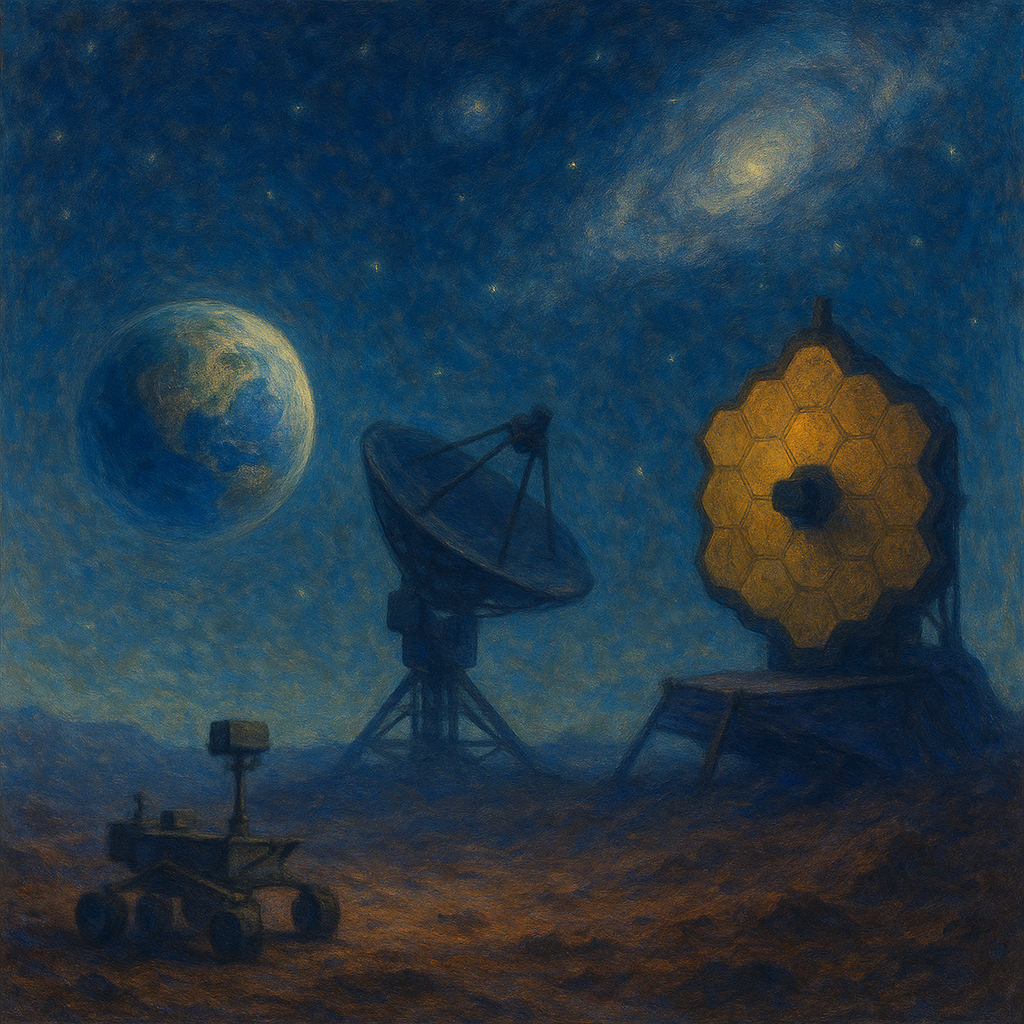Are we alone in the universe? This question has captivated humanity for centuries. As advancements in technology evolve, our search for life beyond Earth has taken on new dimensions. In this article, we will explore the latest methods and technologies that scientists are utilizing to answer this profound question while discussing the implications of their discoveries.
Understanding the Search for Life in the Universe
The search for extraterrestrial life is a fundamental question that intersects science with philosophy. The enormity of the universe raises significant queries about the existence of life beyond our planet. Current models suggest there could be thousands of potentially habitable planets in just our Milky Way galaxy alone.
Scientific Approaches to Astrobiology
Astrobiology is the interdisciplinary science that studies the origin, evolution, and potential life in the universe. It combines elements from biology, astronomy, and geology. Researchers in this field are developing innovative methods to detect alien life. These methods are pivotal in framing our understanding of whether we are alone in the universe.
Technologies for Finding Life
Various technologies have been developed to enhance our search for life:
1. Telescopes: Advanced telescopes, like the James Webb Space Telescope, allow astronomers to observe distant exoplanets.
2. Spectrometry: Techniques that analyze the chemical composition of atmospheres help identify habitable conditions.
3. Space Missions: Missions to Mars and moons like Europa aim to discover signs of microbial life.
These technologies have opened avenues for critical scientific research and enable us to investigate the potential for life.
Methods to Detect Alien Life
The quest to understand whether we are alone in the universe hinges on several methods known to detect alien life. Here are some of the most promising:
1. SETI (Search for Extraterrestrial Intelligence)
SETI utilizes a network of radio telescopes to listen for signals that may indicate intelligent life. The idea is simple yet profound: if advanced civilizations exist, they may send out communication signals. This method aims to capture any technosignatures of extraterrestrial civilizations.
2. Biosignature Detection
Biosignatures are indicators of life, such as specific gases in an atmosphere. For example, the presence of methane and oxygen in a planet’s atmosphere targets the potential for biological processes. The detection of these gases often necessitates advanced spectrometric techniques, providing insights into the chemical make-up that may indicate life.
3. Search for Habitable Planets
Finding planets in the habitable zone—that is, situated at a distance from their star where conditions might allow liquid water—is essential in our search for life. Scientists have identified numerous exoplanets with conditions that could potentially harbor life. The Kepler Space Telescope, for instance, has tremendously contributed to this research.
New Discoveries in Extraterrestrial Studies
Recent advancements in astrobiology have yielded exciting discoveries. For instance, researchers have identified potential biosignatures in the atmospheres of exoplanets. These findings fuel speculation about the potential for life beyond Earth. Additionally, scientists recently analyzed samples from Mars, leading to fascinating discussions on the planet’s habitability in the past.
4. Advanced Life Detection Techniques
Recent studies incorporate machine learning and artificial intelligence to enhance the search for life. These technologies can analyze vast amounts of astrophysical data in seconds, identifying patterns and narrowing down target locations significantly.
5. Interdisciplinary Collaboration
The combination of different scientific disciplines is essential in the search for extraterrestrial life. Collaborations between astronomers, physicists, biologists, and engineers help to develop holistic approaches to understanding life’s existence elsewhere in the universe.
The Future: Are We Alone in the Universe?
In conclusion, the scientific community continues to advance in the search for life in the universe. While we may not have definitive proof yet, the tools and methods at our disposal offer immense promise. With each discovery, we come closer to answering the enigmatic question: are we alone in the universe?
For those interested in the ongoing developments in astrobiology, we invite you to stay updated with the latest discoveries. Explore resources from reputable sources such as Government Research Database and Academic Research Portal.
Final Thoughts
The universe is vast, and our understanding is still in its infancy. As technology continues to grow, we may discover that we are not alone after all. Consider how these advancements impact your view on the universe and stimulate further curiosity regarding our potential cosmic neighbors.


